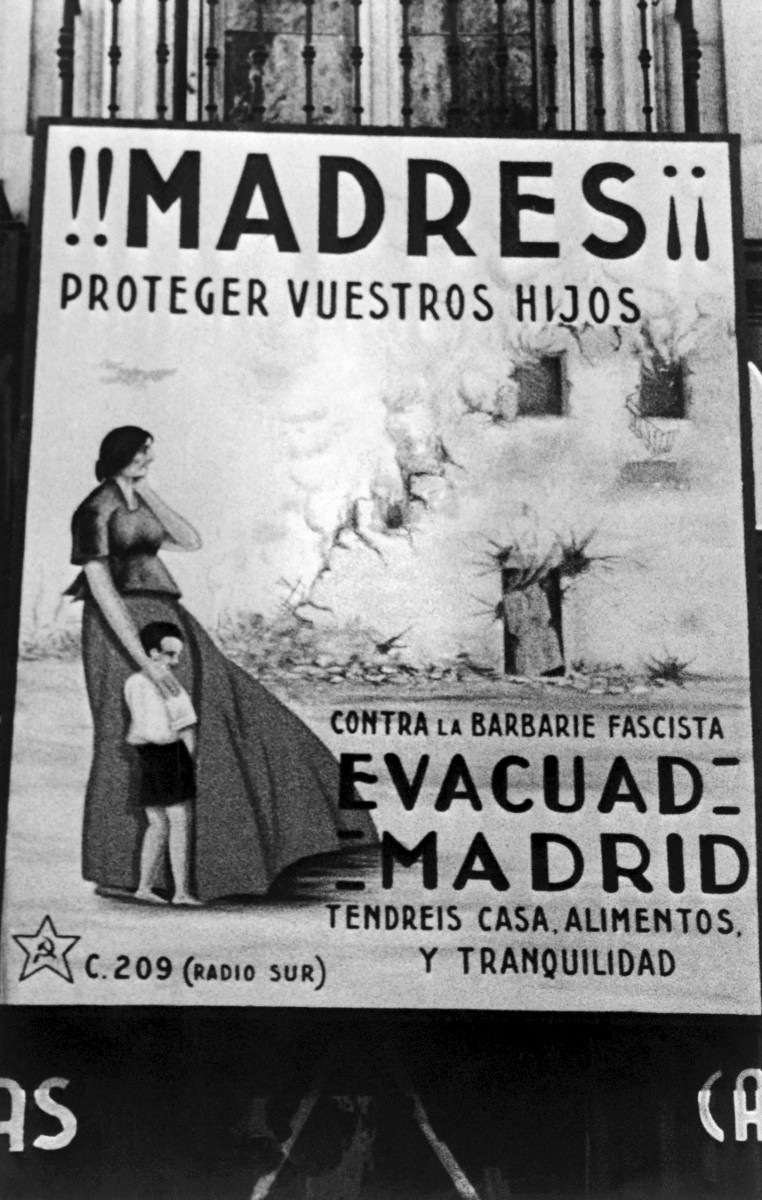In Spain, it’s not a tradition for women to change their surnames when they get married. Spaniards typically have two surnames – their father’s surname, followed by their mother’s surname (although nowadays it can be the other way around). The couple’s children will take the first surname of their father and the first surname of their mother to create their own last name.
READ MORE: Why do Spaniards have two surnames?
But what if a foreigner gets married in Spain and wants to change their last name to that of their partner as per tradition in their own country?
Or how about if you already have your partner’s name, but you get divorced in Spain, and what to change your surname back to your maiden name? Can this be done?
The simple answer is yes, you can change your last name in Spain, but there are several rules and circumstances that you must meet.
READ ALSO – Civil union or marriage in Spain: which one is better?
Keep in mind that although it can be done, because it’s not a usual thing to do in Spain when you get married or divorced, the process is complicated and you may have to repeat a lot of the bureaucratic processes you did when you first arrived in Spain.
The conditions you must meet to change your surname are:
– You must have a legitimate reason for the change, you can’t just change your surname simply because you feel like it.
– The new surname must belong to the person requesting the change. For example, if you want to change your name because you divorced, you cannot just request a brand new surname, you will have to prove that your maiden name belonged to you and change it back to that or another family surname you can prove you have a connection to.
– If you want to have two last names, then both these names can’t be from the same side of the family. For example, you can’t have two names from your father’s side of the family and none from your mother’s.
The change cannot be detrimental to third parties.
READ ALSO: Can non-residents or new arrivals get married in Spain?
There are, however, some exceptions to the rules above. These include:
– Spelling corrections – Sometimes it might be possible that your surname is spelt wrong due to an error on behalf of a parent or grandparent or the Civil Registrar who registered the name in the first place. In this case, you are allowed to change your name to the correct spelling.
– Gender violence – If you are a victim of gender violence, then you may change your surname without the above requirements being met. You need to prove it’s a case of protection and there have been legal proceedings involved.
– Offensive surnames – You may change your surname if you meet the rules above, unless it’s offensive or means that there will be a great inconvenience.
– Preservation of traditional Spanish surnames – While this won’t apply to foreigners, those who have very traditional Spanish surnames that are at risk of dying out, may not be allowed to change them, in order to keep these names alive.
How do I change my last name in Spain?
– If you got married in Spain, you can change your surname by going to the Civil Registry office in your local area, within five days of the ceremony, requesting the name change. You must show them your marriage documents as proof. They will issue you with a marriage certificate with the new surname.
– If you were married abroad, you will have to get your marriage certificate translated into Spanish and apostilled in order for it to be recognised.
– Similarly, if you got divorced in Spain or abroad, you will need to show the official paperwork of your divorce and some proof of your maiden name (or your mother’s maiden name if you prefer).
This might sound simple, but this is only the first step, you will need to change your name on every single official document you have in Spain and abroad in your home country. This means it’s essentially like starting out again when you first moved here.
– The next most important thing to do is to get your surname changed on your passport. You will do this by contacting the authorities in your home country. The process will be slightly different, depending on where you live.
– Once you have ID documents in your new surname, you’re ready to change all the documents you have in Spain. This means firstly applying for a new green residency card if you’re from the EU or a new TIE card if you’re from a third country. You will essentially have to go through the whole process again, showing your new passport, any financial or health requirements, as well as everything you needed to show the first time around.
READ ALSO: Is it better to do a joint or separate tax declaration if you’re a couple in Spain?
– You’ll also have to change your name on your padrón certificate from your local town hall or ayuntamiento – this may be needed in order to get your new residency cards.
– Remember, you’ll also need to change your name on your bank account, public or private health card, driving licence and at the social security office for tax purposes. You’ll need to visit each institution separately, showing them your new passport and Spanish residency card, stating your new surname. You may need to go through the whole process of applying for them again, so it could take some time.




 Please whitelist us to continue reading.
Please whitelist us to continue reading.
Member comments